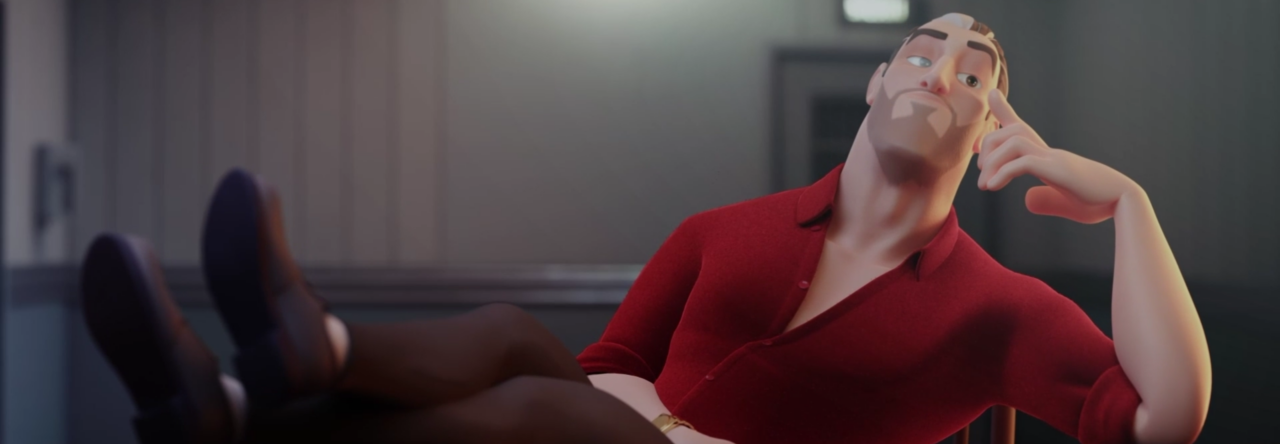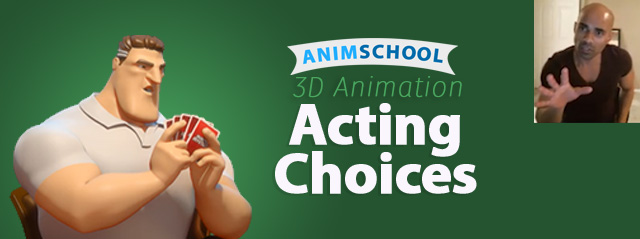Many professional animators believe that the planning phase is the most important part of animating a good shot, and take a good amount of time to plan even when on a tight schedule. We’ve discussed planning within your sequence and directing your audience, and now it’s time to work on what could make or break your shot – acting choices. As instructor Rahul Dabholkar mentions in our class clip for this post, your acting choices are what will set you apart from other good animators. Even an action as simple as sitting and reacting to what another character is saying can be acted out in hundreds of ways, and it’s up to you as the animator to choose the most appropriate, believable, and relatable way to portray it.
What are some ways you could act out a simple reaction shot? Rahul goes over a few ways to portray different characters in this clip from our Animating Appeal and Entertainment class:
These are the kind of skills you can learn in our online animation classes and animation workshops. If you’re interested in 3D animation programs, check us out at our website link below!










